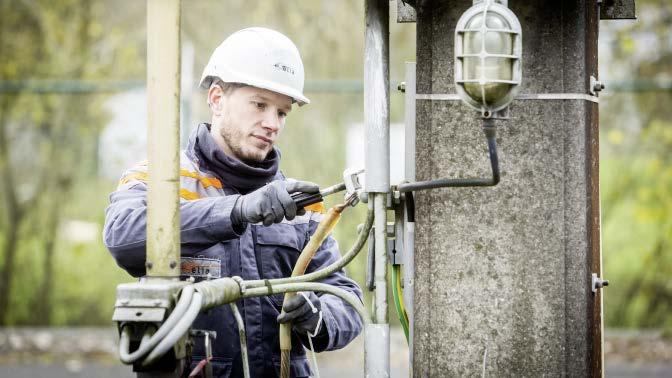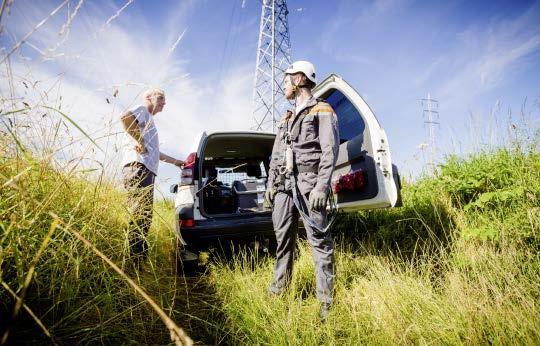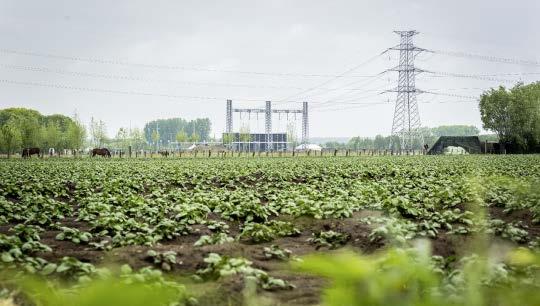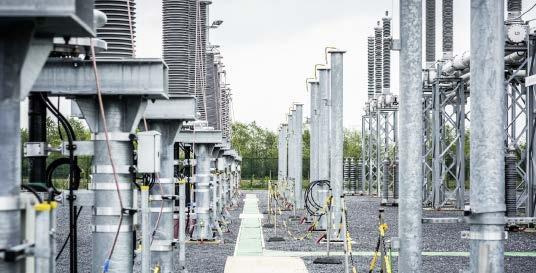
1 minute read
6.7. Grid and interconnector development
Additional grid reinforcement and interconnectors are a key component of the energy transition. With increasing levels of renewables, additional interconnection will: — Increase welfare, and ensure wholesale price convergence due to the diversified energy mix in the surrounding countries (even without taking into account the additional contribution to adequacy by interconnection); — Create the opportunity for efficient, new-built generation to capture value in the integrated European market; — Allow for a better integration of RES, both in Belgium and in the neighbouring countries. Specifically for Belgium, it allows more imports from low-carbon sources in neighbouring countries, since the limit of renewables integration within Belgium will probably be reached in the period 2040-2050. The present study confirms this with concrete, cost-benefit figures for further interconnection increases of 2 to 4 GW, based on welfare analyses for 2030 and 2040. As the energy transition unfolds, their positive economic contribution will steadily increase: the faster the decarbonisation of the electricity system, the better the economics of interconnector development. The net welfare gain for the country of additional interconnectors is the highest in the ‘Large Scale RES’ scenario. It is estimated to amount to approximately 200 M€ per year in 2040. This is in line with the finding that large scale integration of onshore and offshore wind at a cross-border scale seems the cost-optimal decarbonization path for a country like Belgium. As regards potential contribution to Belgium’s adequacy by these further interconnection increases above 6500 MW, this was not accounted for in the cost-benefit analyses. The positive results are exclusively attributable to improved renewables and market integration outside the critical hours for adequacy. Finally, the study is in line with a growing international consensus between academia, authorities, industrial and non-governmental bodies that significant transmission developments are needed to underpin the energy transition in the most cost-efficient way.
ANNEXES 07
7.1 — LITERATURE REVIEW 7.2 — ASSUMPTIONS 7.3 — METHODOLOGY 7.4 — ADDITIONAL RESULTS 130 131 133 137








